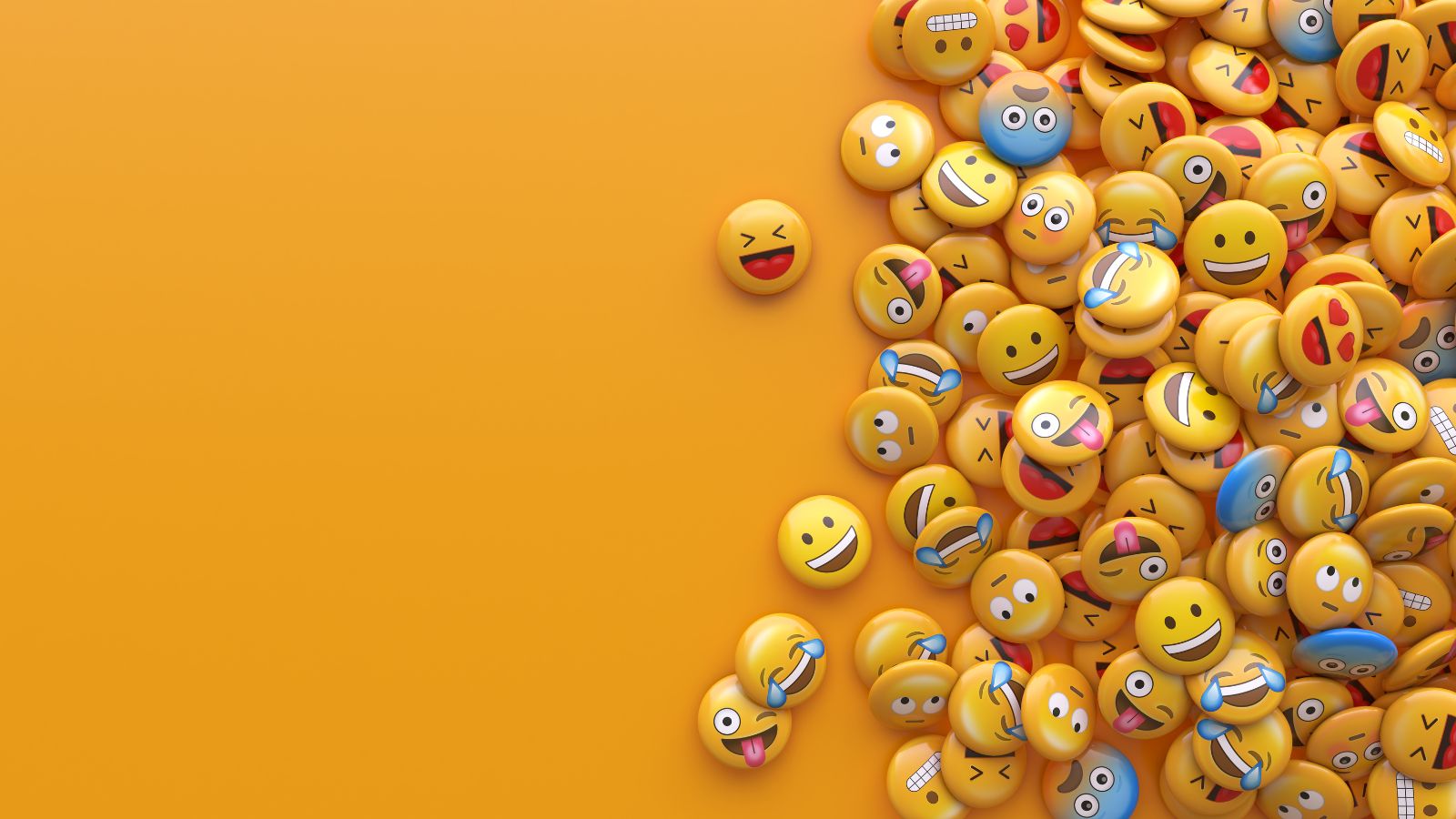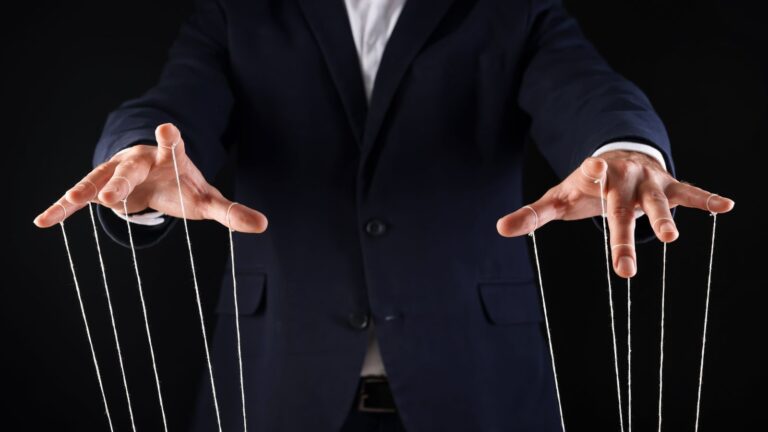The word emoji comes from Japanese, combining e (絵, “picture”) and moji (文字, “character”). Though it sounds like “emoticon,” the two are unrelated. Emoji refers to pictorial characters, while emoticons are typographic expressions like :–) or :-P.
Emoji were first created in 1999 by Shigetaka Kurita, a designer at Japan’s NTT DoCoMo. Working on the i-mode mobile internet platform, Kurita designed 176 simple, pixelated images such as faces, weather icons, hearts, and objects to add emotional context to text messages. He drew inspiration from manga, kanji, and public signs.
Kurita’s goal was not to replace language but to enhance it. He noticed that text-based communication lacked the emotional context found in face-to-face conversation. Emoji offered a solution by adding tone, and personality to messages. They became very popular in Japan and gradually gained traction worldwide.
Their global rise began when Apple and Google supported emoji and pushed for their inclusion in the Unicode Standard, making them usable across platforms. In 2013, emoji entered the Oxford English Dictionary. Two years later, the Face with Tears of Joy emoji (😂) was named Oxford’s Word of the Year.
World Emoji Day is celebrated on July 17, inspired by the calendar emoji 📅 that often shows that particular date. Emojis have evolved into a global visual language that adds tone, emotion, and clarity to digital communication.



